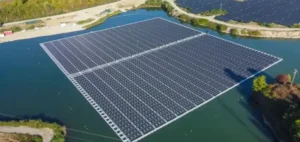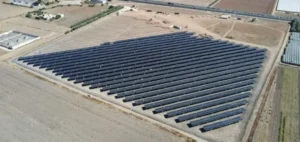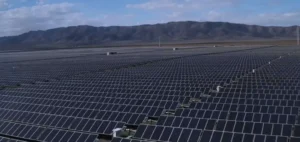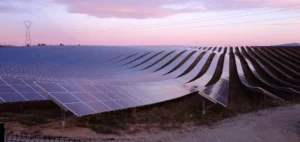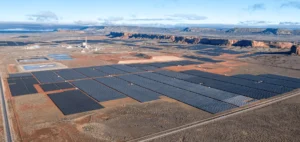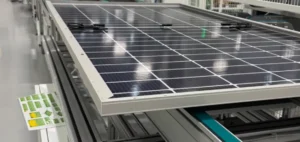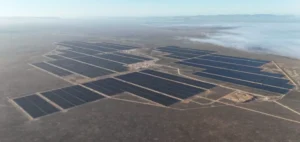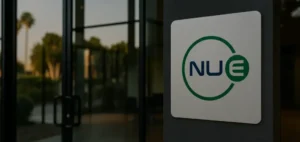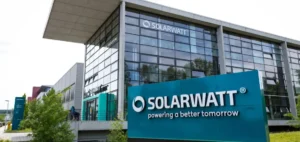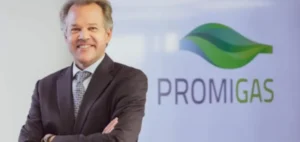Potentia Energy has obtained environmental approval from the Australian government to develop the Tallawang hybrid project, combining a 500 MW solar farm with a 500 MW/1,000 MWh battery energy storage system (BESS). Located near Gulgong in New South Wales, the facility is expected to require an investment of AUD1.3bn ($858.9m), according to company data.
This approval was granted under the Environment Protection and Biodiversity Conservation Act (EPBC Act), without any conditions, and will remain valid until 31 December 2070. It follows the conditional permit issued a month earlier by the state’s Independent Planning Commission.
An industrial-scale hybrid park
The Tallawang project will involve the installation of approximately 1.1 million photovoltaic panels and an integrated battery system capable of storing electricity for up to two hours. This setup will allow the plant to meet demand during peak consumption periods, according to Potentia Energy’s technical forecast. The site will produce around 1,300 GWh annually, which will be fed into the National Electricity Market.
Located about eight kilometres northwest of Gulgong, the facility will supply electricity to nearly 250,000 Australian households each year. The location was selected for its proximity to the Central-West Orana Renewable Energy Zone, to which the project already holds grid connection rights.
Commissioning expected by 2030
Potentia Energy is a joint venture between Italy’s Enel Green Power and Japan’s Inpex Corporation. According to the company’s website, preparatory works are scheduled to begin in 2026, with construction slated for 2027. Commercial commissioning of the complex is targeted for 2030.
The hybrid configuration aims to enhance the integration of intermittent renewables into Australia’s electricity grid. Combining large-scale solar capacity with high-volume storage places the project among the country’s most significant energy infrastructure developments currently approved.



